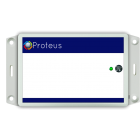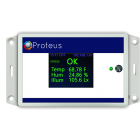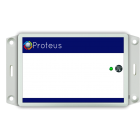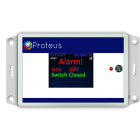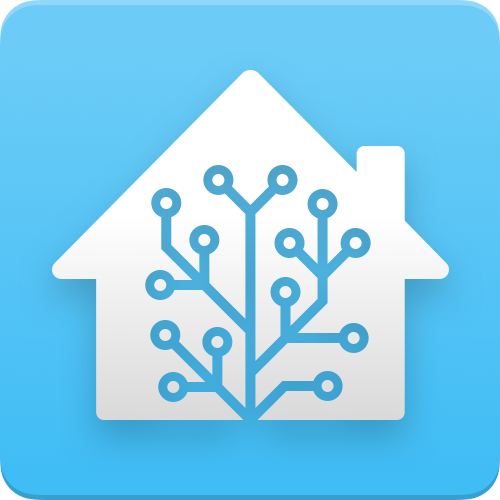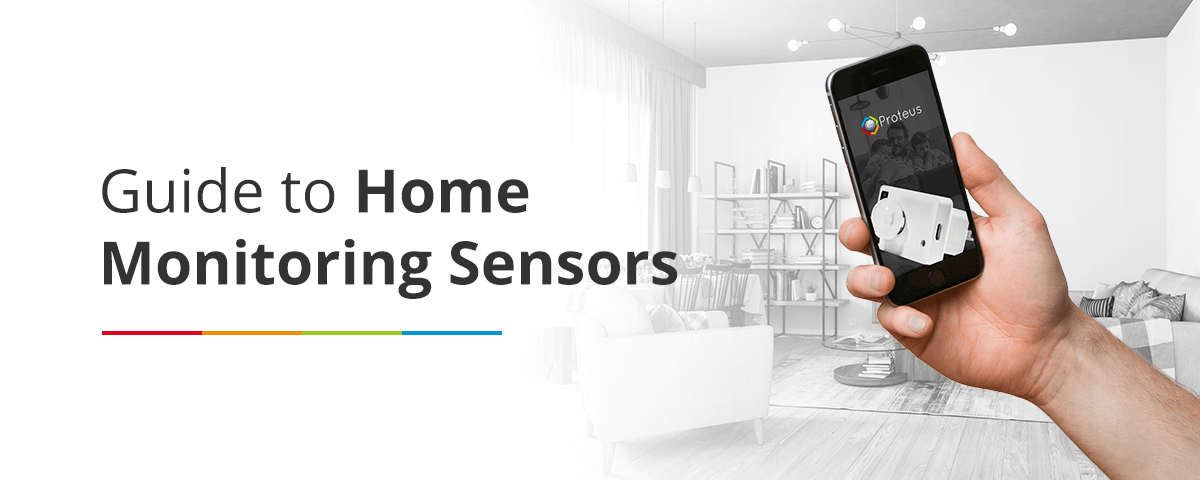We use cookies to make your experience better. To comply with the new e-Privacy directive, we need to ask for your consent to set the cookies. Learn more.
IoT Contributions to Donor Organ
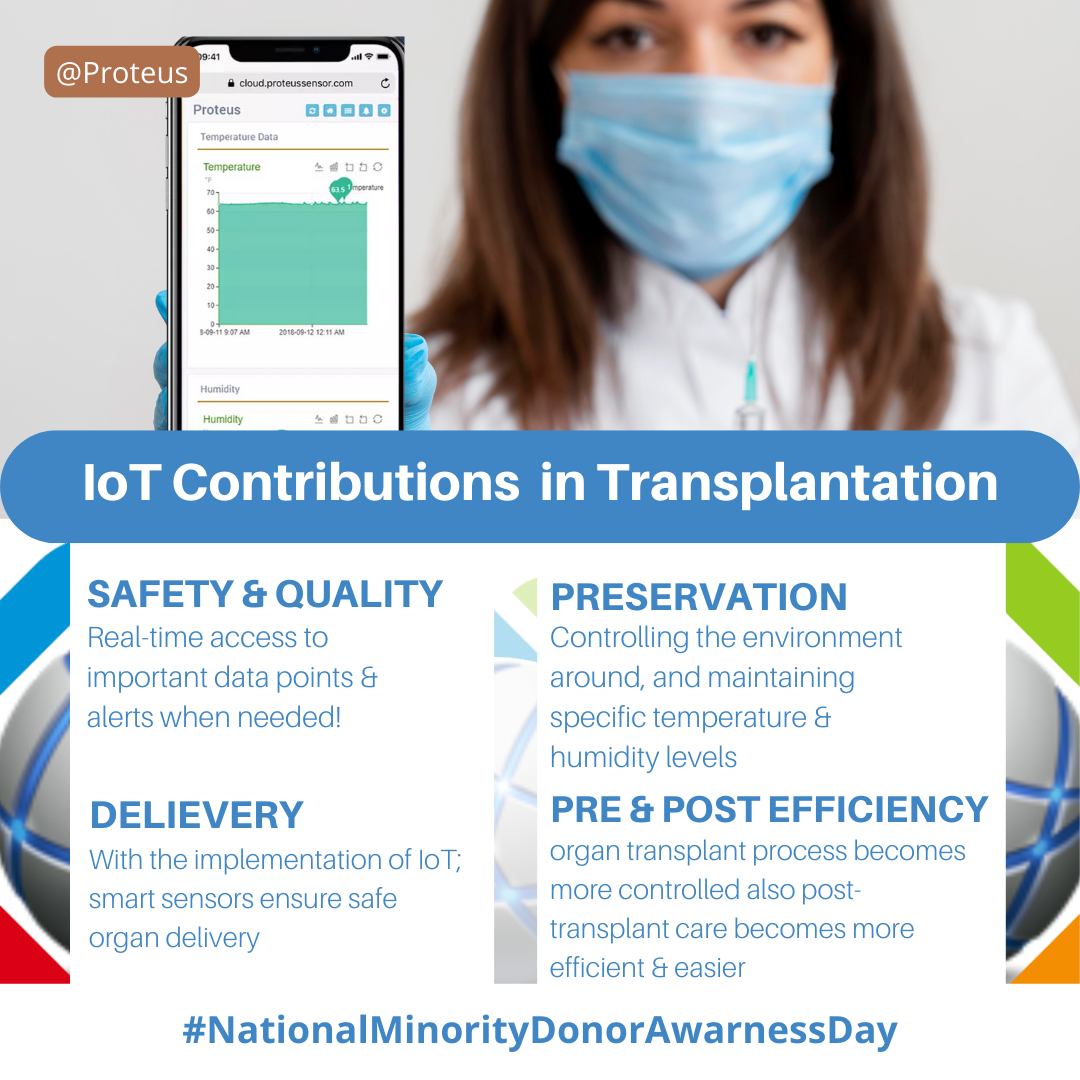
IoT Contributions to Donor Organ
The dream & trials to transplant organs have been chasing the health sector for hundreds of years. Unfortunately, most of these trials failed. However, when the transplanting process started to get through in the 1900s, it was only then when records started to be more accurate.
Many scientists contributed to research, studies, & surgeries in this particular field. Selfless scientists dedicated their lives to contributing every single piece of information, so humanity can end up today performing hundreds of successful transplants. Now, we are witnessing hundreds of cases that happened to have donor organs transplanted, and they are healthy and alive!
Back in 1905, Charles Guthrie advocated cooling to protect donor organs before transplantation. Imagine how hard it was to create specific conditions to store the donor organs before the transplant. It took years and years until we reached the automation phase.
With IoT on hand, transplant success rates become even higher. Throughout this article, we will briefly discuss what IoT & smart sensors are, how they work, how significant these technologies are to the health sector, and what the future will be like.
What are IoT & Smart Sensors?
As pretty well known, the term IoTs refers to the “Internet of Things” IoT is designed to connect and exchange data with devices and systems over the internet. Using embedded
sensors, IoT allows collecting & exchanging data in real-time.
The IoT component of the smart sensor allows the recording of the surrounding world variables and transforms them into a digital measurement. Smart sensors can collect environmental data more accurately, in no time, and with less erroneous noise.
How do smart sensors work?
Smart sensors are composed of primary & secondary components. In a nutshell, the base component is the sensor that captures the data from the surrounding environment and transfers it to the second layer, “processing” The processing phase means computing where you can see a figure and receive alerts when things go off desirable.
How significant smart sensors are to transplant success
Organs donation & preservation is a complicated process. Not to mention how rare it is to find a matching organ “only about 1% of people who are registered as organ donors can
donate after they pass away according to https://www.life-source.org/"
Wipe out the difficulty of finding the donor, comes the first surgery on the donor, then the preservation onwards comes the transplanting & finally, monitoring the organ health!
Imagine finding the perfect organ for the patient, and it has to be perfect, yet the preservation wouldn't go properly. Imagine if the conditions weren’t matching the desirables. Imagine losing a donor organ after getting it as the temperature wasn’t falling under the standards. As simple as this, life can be lost!
Donor Organ Preservation refers to storing the donated organs. As per numbers, an organ can be preserved for 6-8 hours before transplanting. Throughout the preservation process, certain criteria & standards should be met. Yes, it started back in the very early 1900s to implement cooling solutions for organ preservation,
but now things have become magically easier!
With the implementation of IoT, smart sensors ensure safe organ delivery. By providing real-time access to important data points such as temperature and humidity levels so the medical professionals have the information they need to perform the transplant efficiently.
Temperature sensors are created from a basic two metals, which generate electrical voltage or resistance once. It notices a change in the temperature process & computes the changes, displays information, & alerts if needed.
By controlling the environment around and maintaining specific temperature & humidity levels, smart sensors put great contributions to organ preservation. Not only the contributions of IoT & smart sensors are limited to just controlling the environment around, but with more IoT enabling all organ transplant processes to become more controlled, also post-transplant care becomes easy & more efficient.
What The Near Future Is Like?
IoT doesn’t only help in organ preservation but also has a positive impact on post-treatment. Nowadays, with wearable smart devices that are developed by the technology of IoT, doctors are provided with real-time monitoring of patient health & organ performance as well, doubling the chances of success by keeping a record of every single second. The rapid development in IoT emerging in the health sector is expected to transform the healthcare
industry, pushing it towards a better life & better planet!


